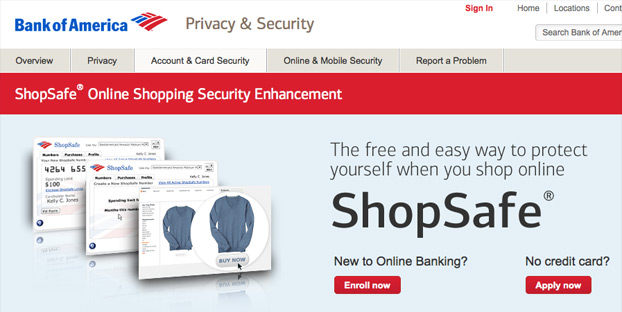
At next week’s WWDC event, Apple is expected to talk more about adding a subscription model to the App Store, which can automatically charge customers for another year of service on their favorite games or apps. Subscriptions are to 2016 as app unbundling was in 2014 – everyone is doing it and you’re just gonna have to get used to it.
Of course, that’s not to say some apps and services do a better job than others in terms of allowing customers to cancel at will. Handy, the on-demand cleaning service, for example is a textbook example of a shitty policy: the service gives you a heavy discount for your first cleaning, but auto-books your next cleaning in several-week intervals. You cannot get out of the service entirely unless you speak to a live agent on the phone during standard work hours.
Then there’s the issue of signing up for a service just to trial something and forgetting to cancel before the charges start (ahem, Tidal and ‘The Life of Pablo’).
There’s a simple workaround to all this mess: the virtual temporary credit card number.
Many banks offer this, so you’ll want to check with yours to see how to get one from your account. Basically, your bank can create a randomly generated number tied to your credit card so you can use it for one-time purchases. You can set its expiration date, so it can end whenever you want your subscription to stop so the company can’t charge you for the next month.

If your bank doesn’t offer virtual temporary credit card numbers, MaskMe is a service that does the same thing but ironically, you do have to pay a premium subscription to use it.
Of course there is still a downside: as with any credit card number, if a scammer gets a hold of it, your card can still be used for fraudulent charges – but it’s on par with getting your credit card number stolen in the first place so we’d suggest not creating a ton of different numbers simultaneously and letting it stay active for too long.
So there you go: now you can sign up to trials and first time offers without the worry of forgetting you did it in the first place and getting locked into a service. Canceling a service you no longer want shouldn’t be difficult, but if it is, now you know how to combat it.
Get the TNW newsletter
Get the most important tech news in your inbox each week.




